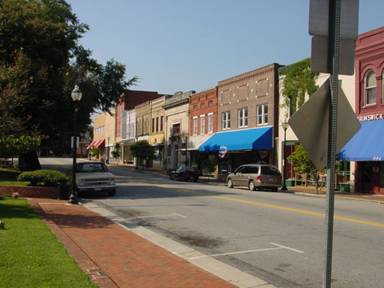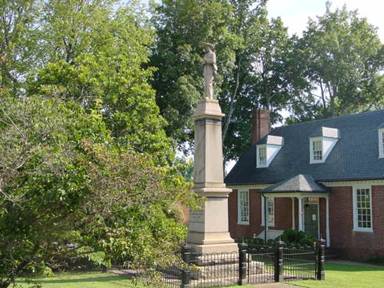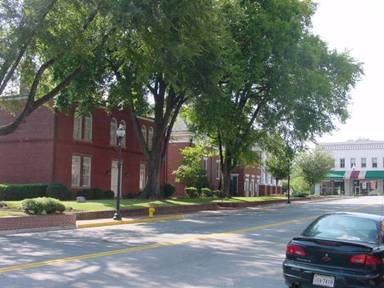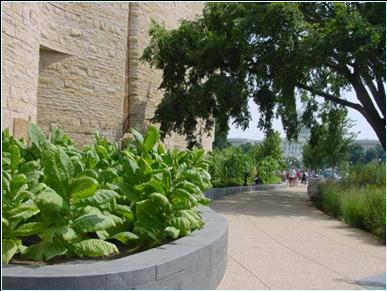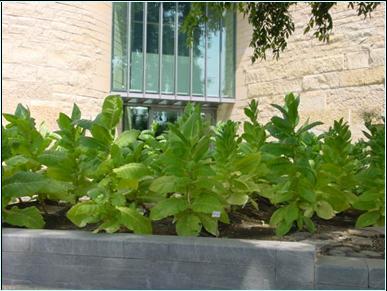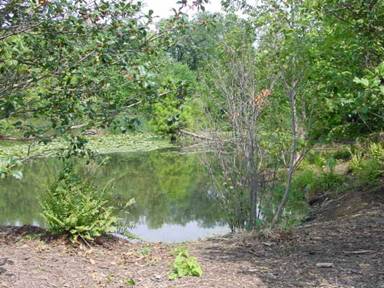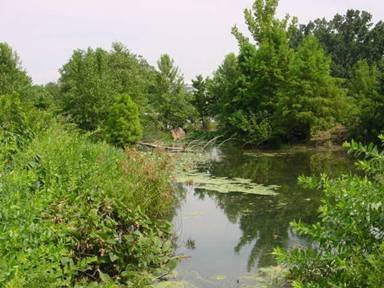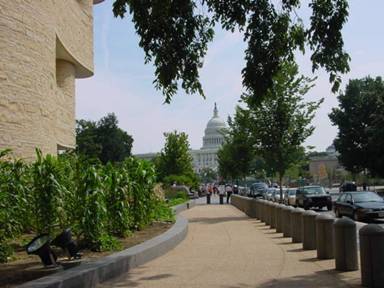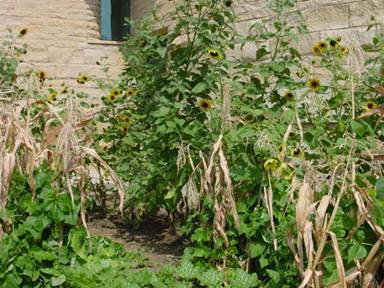Energy, water and food. Providing ourselves with these prosaic necessities is the challenge of the next decade. This is a worldwide challenge, so let’s look to good practices worldwide. Brazil has been working on alcohol fuel for four decades. Arid Australia is a leader in allocating scarce water resources. Although not currently the world leader, it might be India that soon leads the world in biotechnology.
Brazil provides an excellent example of the interaction of market forces, political will and good luck. Brazil’s military dictators stared the program back in 1975. There is some doubt whether a non-authoritarian government could have taken the initial steps to make it happen. Even with subsidies, favorable laws and official sponsorship, Brazil’s ethanol program languished and almost died in the very low oil price environment in the 1990s. The history of Brazilian ethanol once again confirms the necessity of a higher price of oil to encourage alternatives. When prices rose, the ethanol program once again made economic senses.
The lesson: Government intervention may be necessary to jump start an alternative energy program. A big change in infrastructure is something individual firms cannot handle alone. However, it is clear that the government can propose and encourage, but the market ultimately decides. Luck played a big role in Brazil. If the price spikes had come just a few years later, the Brazil energy program may well have been left for dead and very difficult to revive.
Fuel is important, but water is even more crucial to survival. Ironically, energy solutions such as Brazil’s use of sugar cane to make fuel will worsen water shortages. Unlike fuel, however, we do not produce water; we do not use it up. It is the ultimate renewing resource. What matters is quality and location. This renewing aspect has fooled us into thinking water is (or should be) free. Most water is not really allocated at all. In non-arid areas, we just assume there is enough water and even in arid ones, we generally give precedence to whoever is nearer or who was there first. This ensures that water is wasted. We have to stop treating water like a free good and begin to distribute it according to market principles.
This will seem very unjust. A long time ago, I watched the Milagro Beanfield War. It is natural to sympathize with the little guy, but if more people practiced his primitive methods it would drive everyone into poverty. He just wants to grow some beans – in the middle of the desert. He doesn’t know it, but he just wants to waste water, increase the salinity of his soil and ultimately make it useless. Only the free market (including rule of law, reasonable regulation & market mechanisms) will allow diverse decision making can achieve a fair result. You can still cheer for Joe Mondragon, but recognize that he is part of the problem.
The lesson: We have to look at the bigger picture and think of water as a regional, maybe even a world resource. If done properly, it can be done justly and gradually with most people given choices that improve their lives. If we pretend we can go on the old fashioned Milagro Beanfield way, everybody suffers and some people die.
But in the end we might have some great options from the science of biotechnology. Biotechnology can produce plants that require less water, fertilizer and energy to produce. But the connection is even more direct. Biotechnology is already contributing to the production of biofuels and may soon make the production of ethanol from cellulous faster and easier. Cellulous alcohol is the holy grail of liquid fuels. That would mean we could make fuel out waste products such as wood chips or stalks, or from easily grown and ecologically benign crops such as switchgrass.
Lesson: Paradigms change and we can make them change. If we think only about how things are today, we can never solve our problems. In fact, it is likely that today’s problems CANNOT be solved with today’s methods. We can do it. It requires a leap of faith, but it is a leap of faith in human intelligence and our ability to learn & adapt.
We are standing at a crossroads where our provision of energy, water and food are radically changed. These three factors will be more completely integrated than every before. All change is difficult, but if done right this one will make all (or at least most) of us much better off and make our lifestyles more sustainable.
